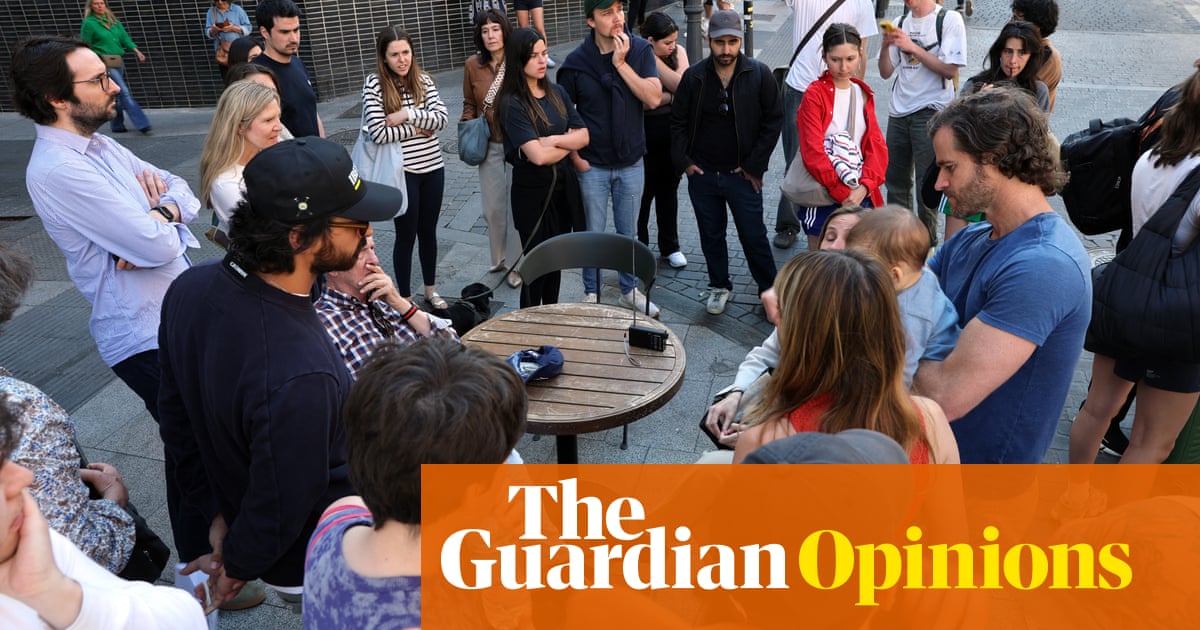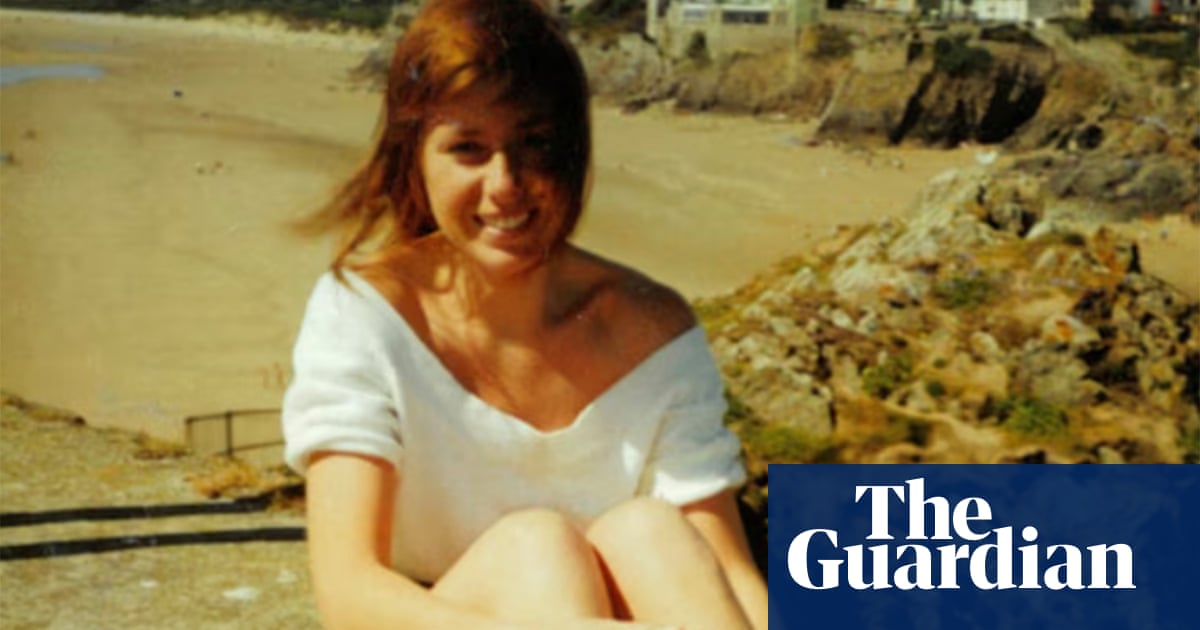Home is where the art is for Do Ho Suh. The Korean conceptualist has spent his career ruminating on and exploring the places we live in, creating ghostly, beautiful facsimiles of the houses and apartments he’s called home.
And now those fragile, wispy, delicate buildings have been transported and rebuilt in the middle of Tate Modern. A traditional Korean hanok house looms over you as you enter. It’s not made of bricks and mortar or wood and screws, but paper, carefully wrapped around the artist’s childhood home and rubbed with graphite, exposing the texture of the material beneath. The paper is yellowed and mildewed from months of being left exposed to the elements, but it has survived as a sort of memorial: to childhood, architecture, migration, the past.

It’s the perfect expression of all of Do Ho Suh’s best ideas: the haunting power of memory, the loss of your past self and the way the spaces we live in act as symbols for all of it, long after we’ve moved out or migrated away.
But where that huge Korean house is impenetrable and opaque, the next installation actively invites you into its series of connected rooms made of wire and coloured semi-transparent polyester. Each space is a place he lived in, every detail re-created in wire and fabric – door handles and light switches, power sockets and towel rails, cupboards and tiles. Some are grandiose and European in style, others are ornately Korean. Each space is a slice of the artist’s past that you are allowed to walk through, to live in for just a moment.
A final structure, huge and transparent, is a full-scale replica of Suh’s current home in London, made of gleaming white fabric. All along its walls are brightly coloured door handles, thermostats and fuseboxes from his former homes, objects that have been touched, which bear the wear of the resident. It’s a map of his past through switches and knobs, like a portrait made in Homebase.
Lots of contemporary art is about architecture and the lived environment, but Suh’s emotional focus and simple nostalgic obsessiveness is what sets it apart. Even when he deals with wider, societal topics – such as the grey, grimy wall made of rubbings of a room left empty after the Gwangju Uprising in the 1980s – he treats the past as a heavy burden that haunts the present.
The issue here is that the three big installations are so dominant and colourful that they dwarf everything else. The works on paper can’t compete, and aren’t that great to begin with. The films – long, drawn-out, eerie portraits of dilapidated apartment blocks and an animation about building a home halfway between New York and Seoul – pass by unnoticed, eclipsed by the bigger work. Only the two little white smocks filled with the artist’s kids’ favourite toys stand a chance against the pull of the installations. The show feels unbalanced as a result, too full, it needs more space and attention.

And there’s a part of me that thinks the work is too pretty for its own good, that its ideas get totally lost in the trick of allowing you to walk through a transparent polyester house, which is maybe why that Gwangju Uprising work feels a bit more impactful, with its violence and greyness. Memories aren’t always pretty and pink, sometimes they’re horrible and filthy.
But all this ceaseless excavation of often hyper-personal memory still works, largely because it manages to trigger your own memories. It makes you think of all the flat-shares you’ve lived in, all the houses of your childhood. Those rooms, buildings, spaces are symbols of past joy, love, laughter, tears and arguments, every grimy student flat is a container of memory, every childhood bedroom is a place of history. The difference here is that Suh hasn’t left any of it behind, he’s carried his past with him, refusing to let go, refusing to forget, and the results, at their best, are as beautiful as they are moving.

 6 hours ago
10
6 hours ago
10













































